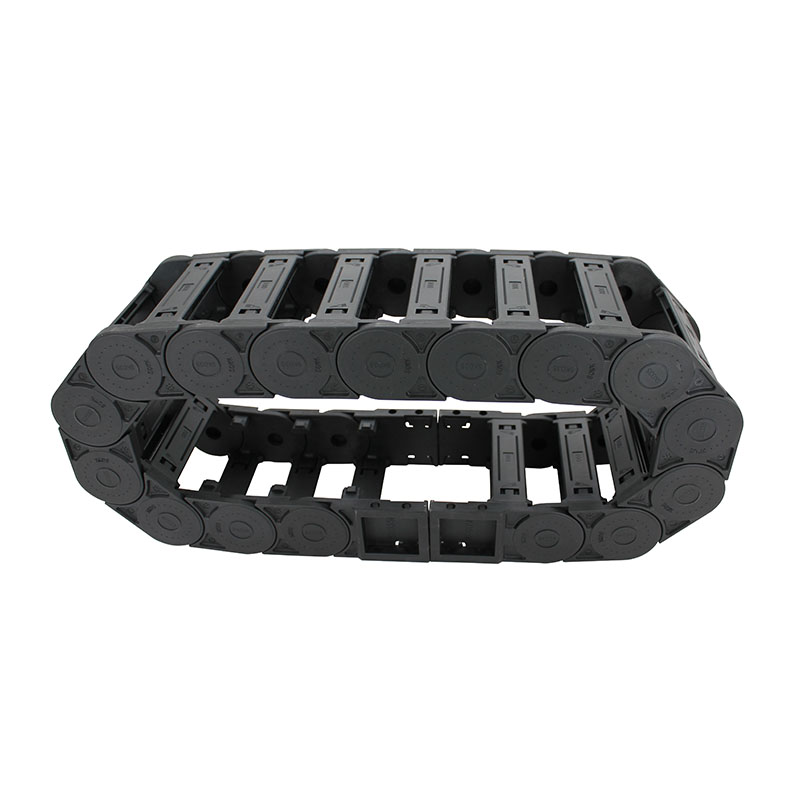synchronous belt vs timing belt
Synchronous Belt vs Timing Belt Understanding the Differences and Applications
When it comes to machinery and mechanical engineering, belts play an essential role in power transmission. Among the various types of belts, synchronous belts and timing belts are two of the most commonly discussed. Although the terms are often used interchangeably, there are notable differences between the two types that are essential to understand for their proper application in various systems.
Definition and Design
A synchronous belt is a type of belt that contains teeth molded along its inner surface, which ensures a proper fit with the pulleys it drives. This design allows for precise timing and positioning, making synchronous belts ideal for applications requiring synchronization between multiple components. They operate without slippage thanks to their tooth engagement, which means that they maintain consistent performance regardless of speed changes.
On the other hand, a timing belt also has teeth on its inner surface, serving a similar function of synchronization. Timing belts are specifically designed for use in automotive engines, where accurate timing between the engine’s crankshaft and camshaft is crucial. They typically operate in high-tension environments and are made out of high-performance materials that can withstand the rigors of engine operation.
Material and Construction
Both synchronous and timing belts are usually made from durable materials that provide flexibility and strength. Common materials include neoprene, polyurethane, and rubber blends, typically reinforced with fiberglass or other fabric to increase tensile strength. However, the specific designs can vary timing belts often incorporate a more complex construction to handle the high stresses encountered in engine applications, while synchronous belts may be designed for a broader range of industrial applications, including conveyor systems and robotics.
Applications
synchronous belt vs timing belt

The applications of synchronous belts are diverse. They are commonly used in manufacturing processes where machinery needs to operate in precise alignment. For example, robotics, automated assembly lines, and various types of pumps and compressors utilize synchronous belts to ensure synchronization between parts. In these cases, the lack of slippage ensures that every movement is executed as planned, increasing efficiency and reducing wear on components.
Timing belts are more specialized in their application, primarily used in internal combustion engines and related machinery. Their primary role is to control the timing of the engine's valves, ensuring that they open and close at the correct intervals in relation to the crankshaft's position. This precision is vital for maintaining engine efficiency and performance, as even slight discrepancies can lead to significant mechanical failures. Beyond automotive engines, timing belts may also be found in some air conditioning compressors and certain types of machinery that rely on precise timing.
Performance and Maintenance
When comparing the performance of synchronous belts and timing belts, both offer advantages in terms of efficiency and durability. Synchronous belts can operate at higher speeds and provide smoother operation due to their design. However, they may require more frequent tension adjustments, especially in long runs.
Timing belts, on the other hand, are relatively low-maintenance but need to be replaced at regular intervals, particularly in automotive applications where they are subject to intense wear and high temperatures. Failure to replace a timing belt can lead to catastrophic engine damage, which is why many automotive manufacturers recommend specific service intervals.
Conclusion
In summary, while both synchronous belts and timing belts share similarities, their applications, designs, and performance characteristics differentiate them significantly. Synchronous belts excel in industrial systems where precision and speed are vital, while timing belts ensure that automotive engines operate flawlessly. Understanding these key differences is essential for selecting the right belt type for specific applications, as this choice can greatly affect the overall efficiency, performance, and longevity of machinery. Whether in automotive or industrial contexts, knowing when to use a synchronous belt versus a timing belt can make all the difference in achieving optimal results.








